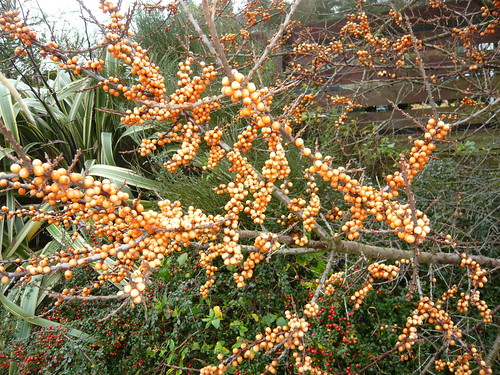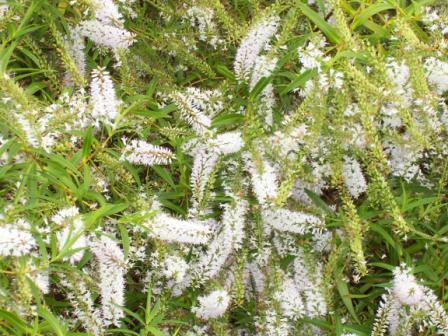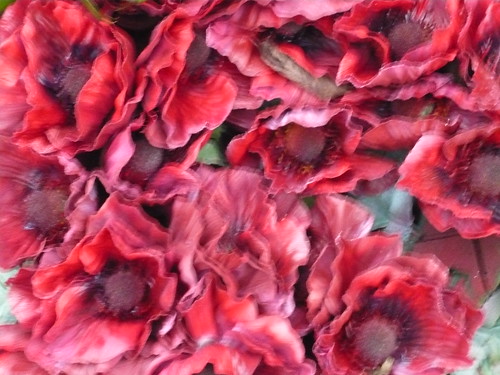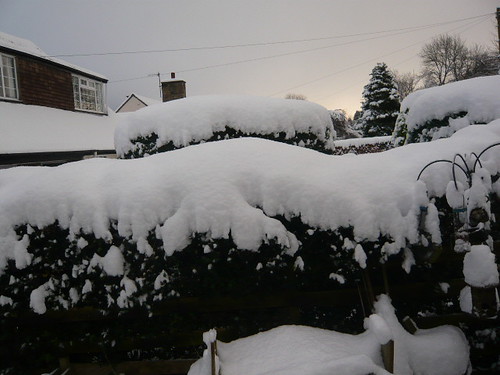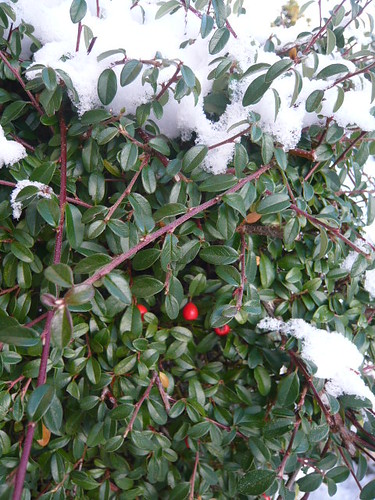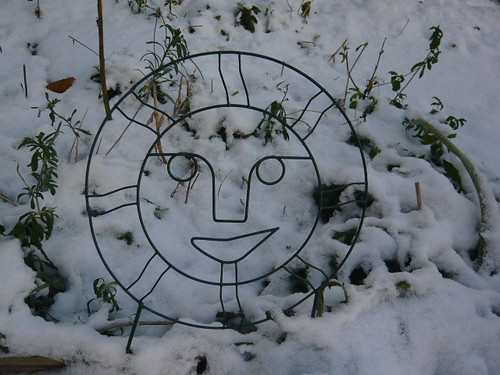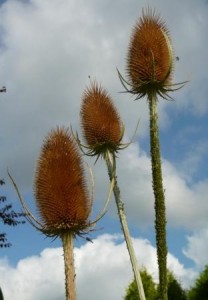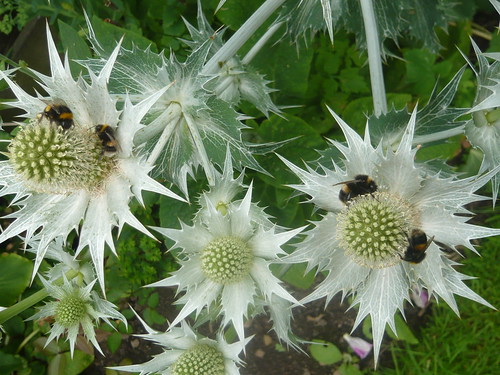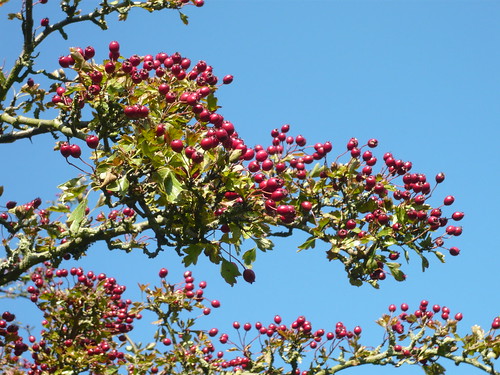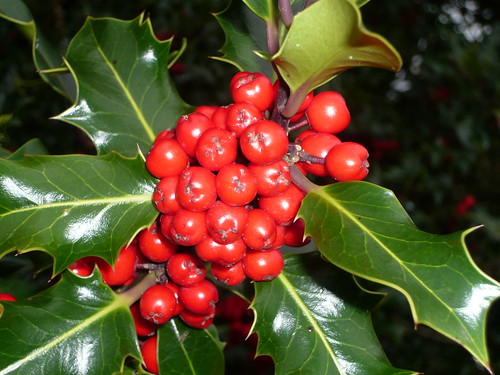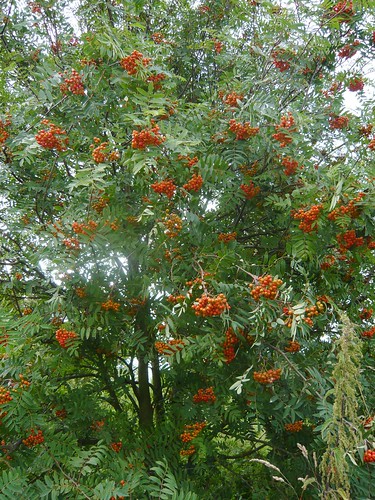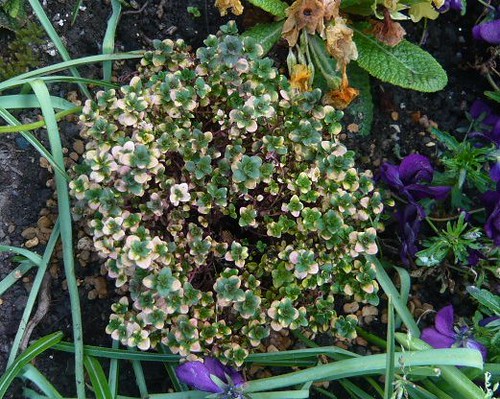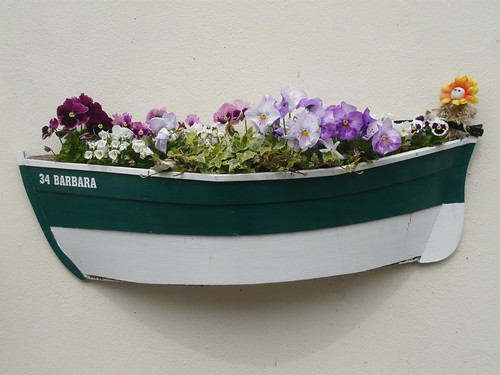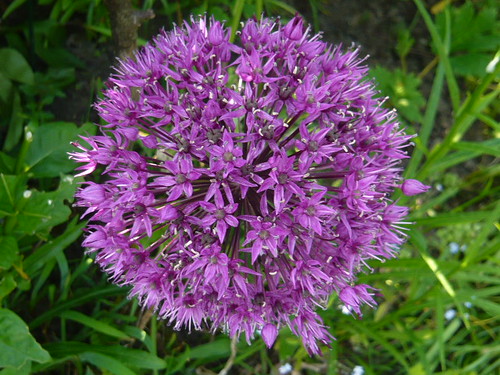Sea Buckthorn – Hippophae Superfruit
Sea Buckthorn is one of the Hippophae species. The fruit have some medicinal properties and the shrubs have been cultivated for many, centuries. The deciduous shrubs are Dioeceus having male and female plants.
Common sea-buckthorn has distinctive pale silvery-green and branches that are dense, stiff and very thorny.
Propagating Sea Buckthorn
- Many seeds are available from the ornamental orange berries.
- Seeds should be pre soaked for 24 hours prior to sowing. Old seed is less viable.
- Hard wood cuttings taken in winter can increase stock of the shrubs.
- Bundles of cuttings are soaked in water and covering 2/3 of their length until the beginning of formation of roots.
- Cuttings can also be treated with rooting hormone and placed in pots filled with peat in a bottom heated propagation box. Cuttings can be transplanted when the roots are 1-2 cm long directly to the field.
- ‘Softwood cutting (15-20cm long) are taken when shoots begin to become woody, remove the lower leaves, leaving 2-4 leaves at the tip and dip into rooting hormone before rooted in media such as sand or perlite and keep special attention to the moisture of media.’ Quote from seabuckthorn.co.uk
Superfruit Health
- Sea Buckthorn oil appears to prevent the effects of aging or to help restore damaged skin.
- Some haircare products are made with Sea Buckthorn oil.
- Sea Buckthorn oil may help to heal burnt skin. If you have acne, dermatitis, scar tissue, old burn tissue, or radiation markings, try it for a few months to see if there is a noticeable improvement.
- Sea-Buckthorn berries have a unique composition including vitamin C, vitamin E and beta-carotenoids
- Seed oil is a good source of anti oxidising essential fatty acids and may be used as a dietary supplement.
